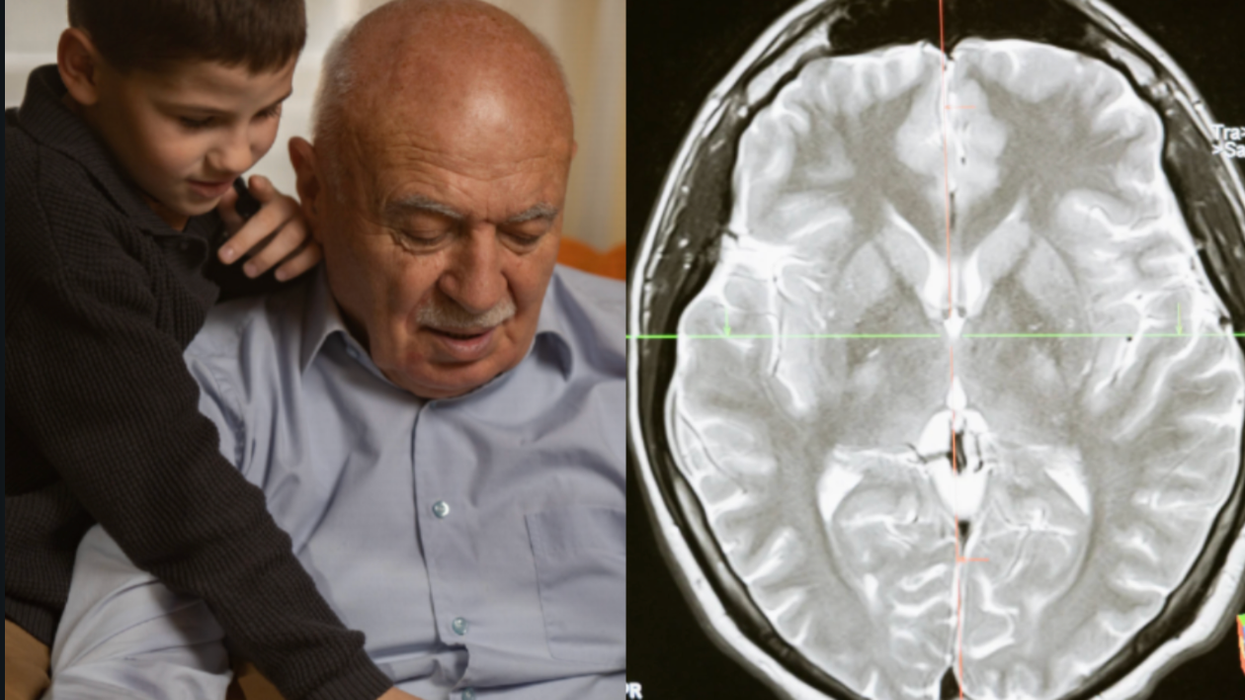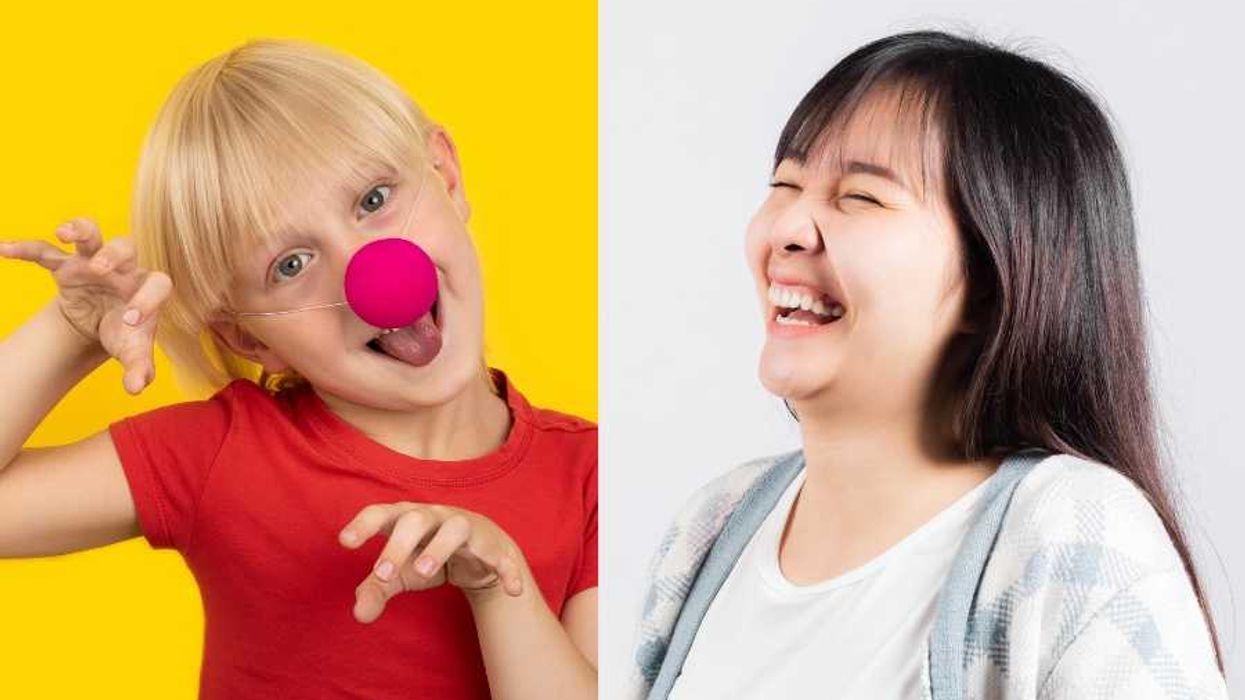Deb Roy is a researcher at MIT who wanted to understand how his infant son learned to speak. So, he wired his house with cameras and ultimately recorded more than 90,000 hours of video footage, within which existed over 7 million transcribed words from surrounding caregivers. By the end of two years, Roy had recorded his son as he learned 503 new words.
He then teased apart the patterns in the data and observed the influence of social environments on language acquisition. The resulting presentation is an astonishing reflection of his work.
Skip ahead to 4:56 to hear his son learning to convert “gaa” to “water.”
Roy’s research is not only remarkable in mapping out speech environments on a visual space-time continuum, but his experiment toward the end of the video, which tracks what he calls “word-scapes” in mass media, also sheds light on how much our speech continues to be shaped by the media that surround us.
The most important thing he learned, however, seems to be the way in which all three caregivers systematically restructured their language to meet his son at the simple birth of a word, and then escalated the complexity of their own speech to help him grow. So not only is the infant learning from his environment, but his environment is learning and responding from him. Thanks to technology, this amazing feedback loop can now be passed down to the boy’s kids, and so on.





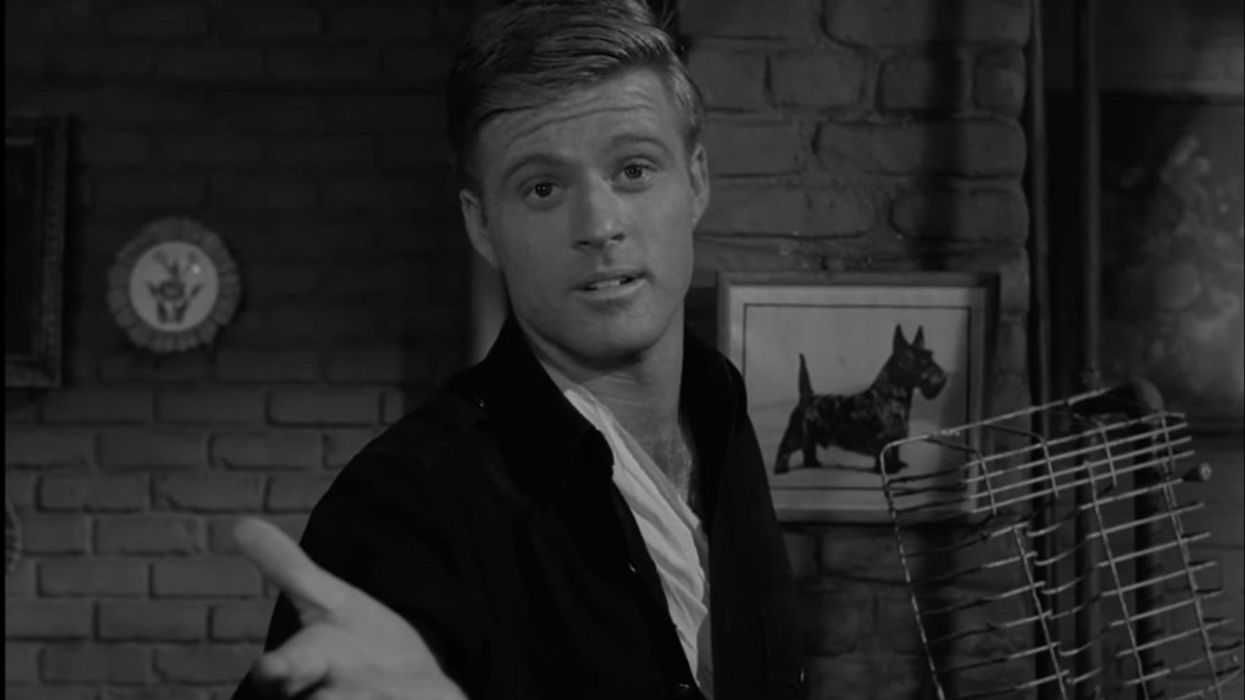
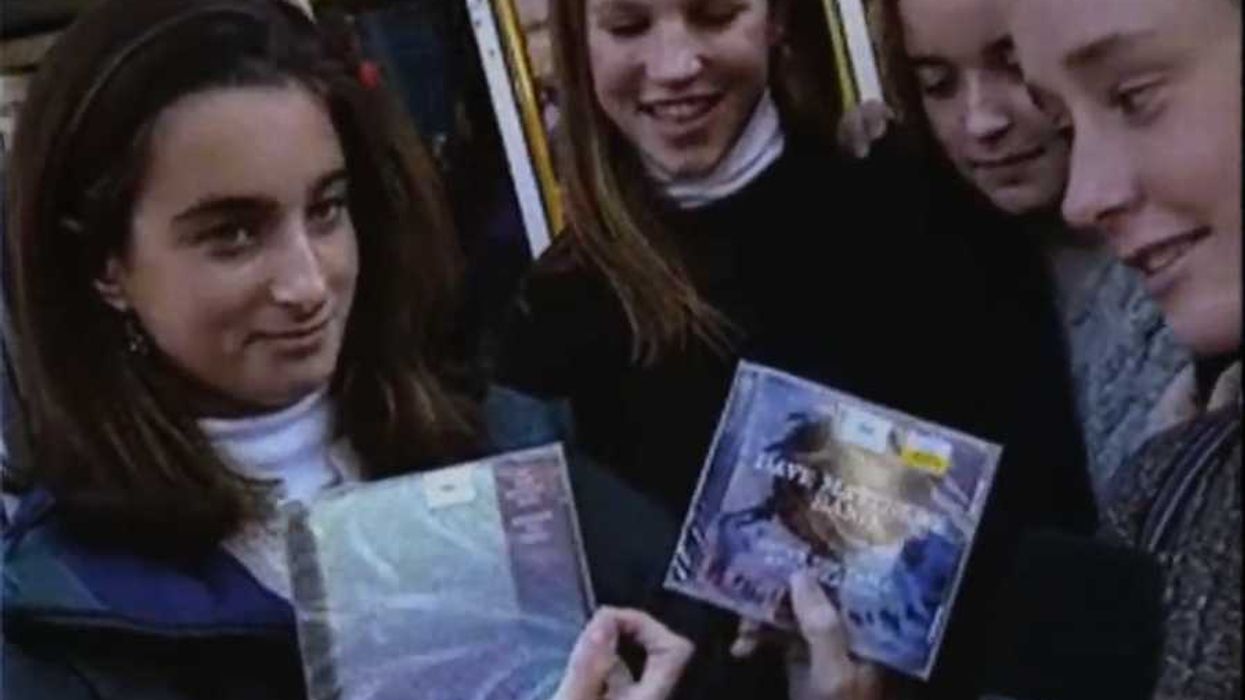
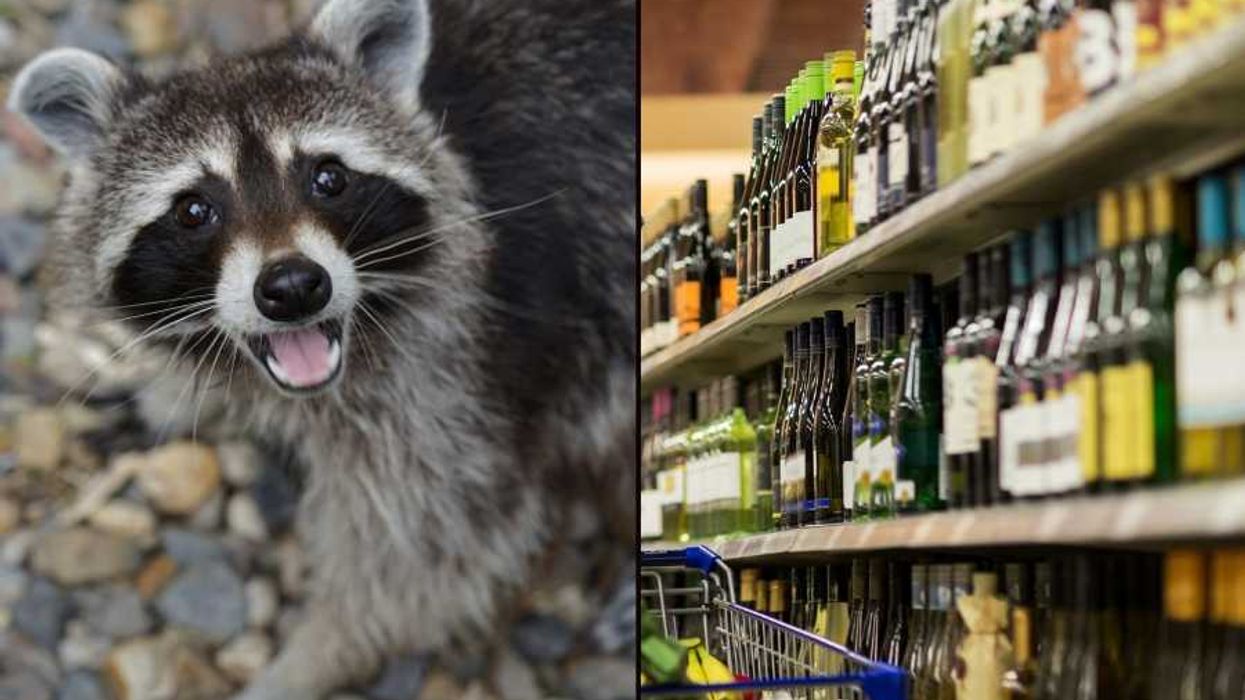



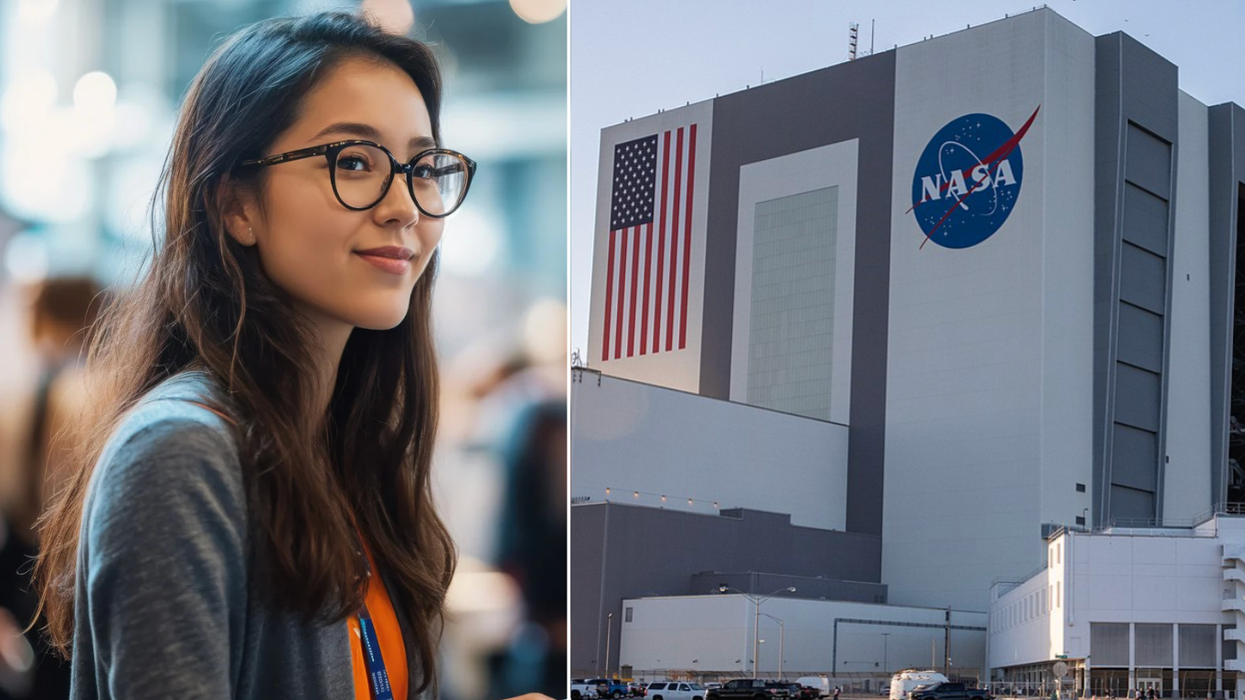
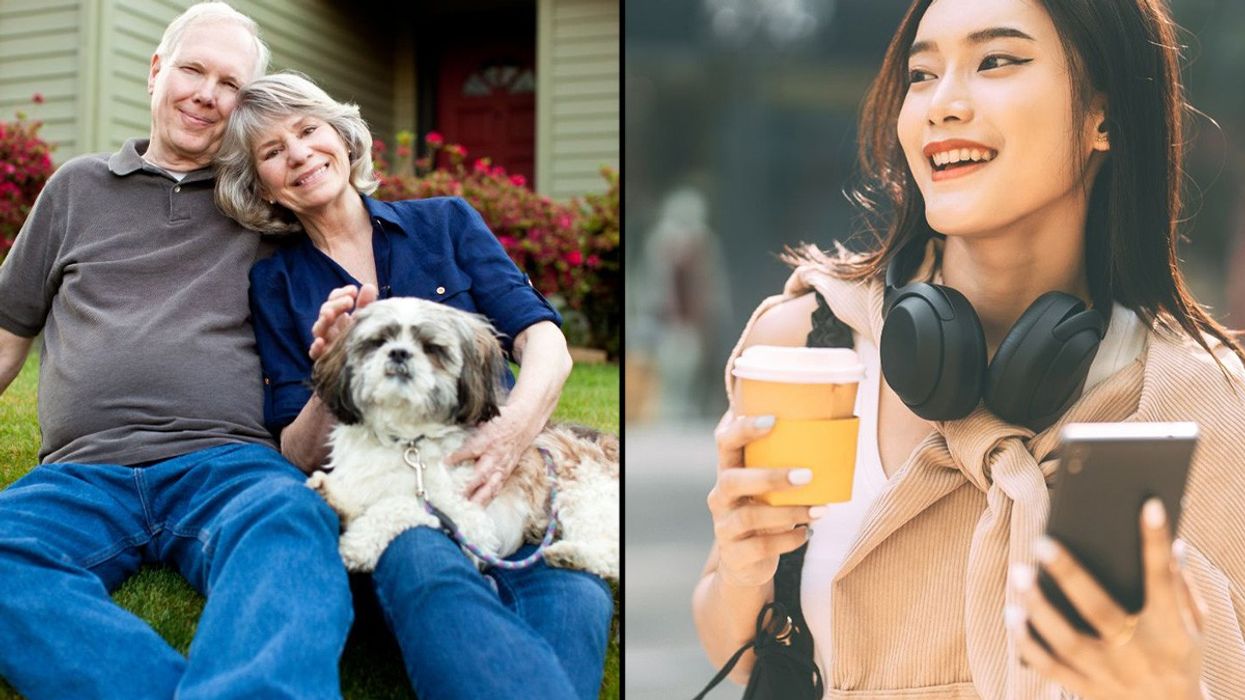
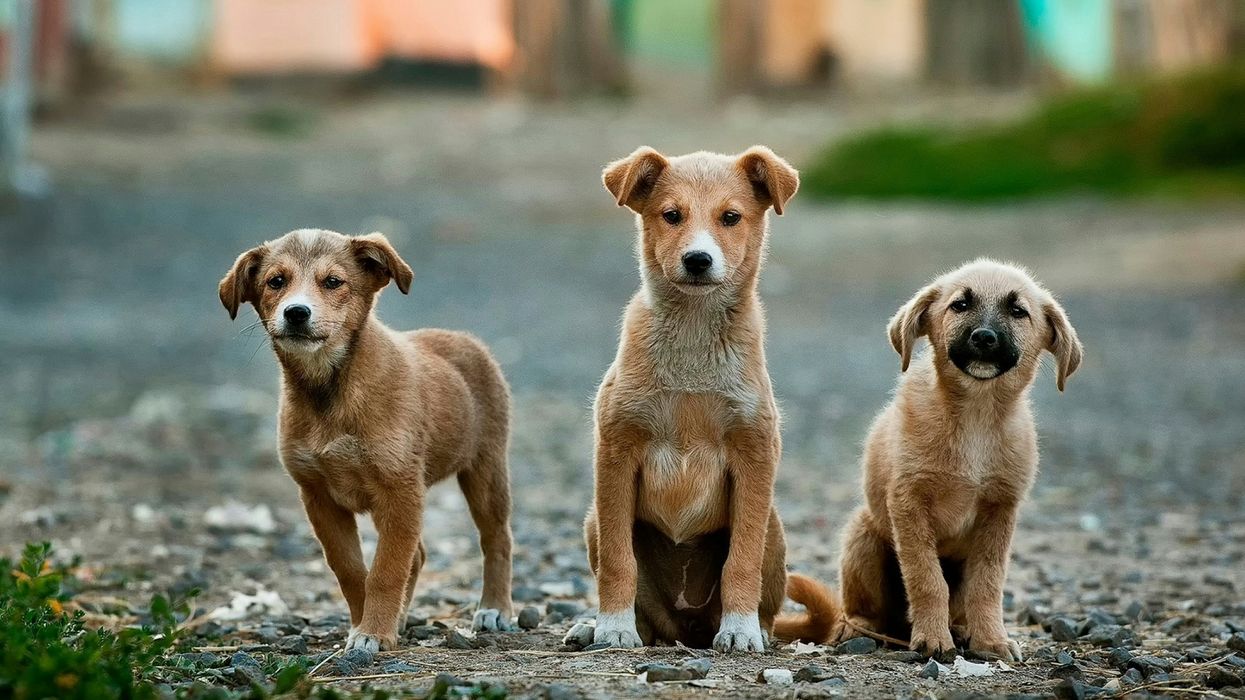
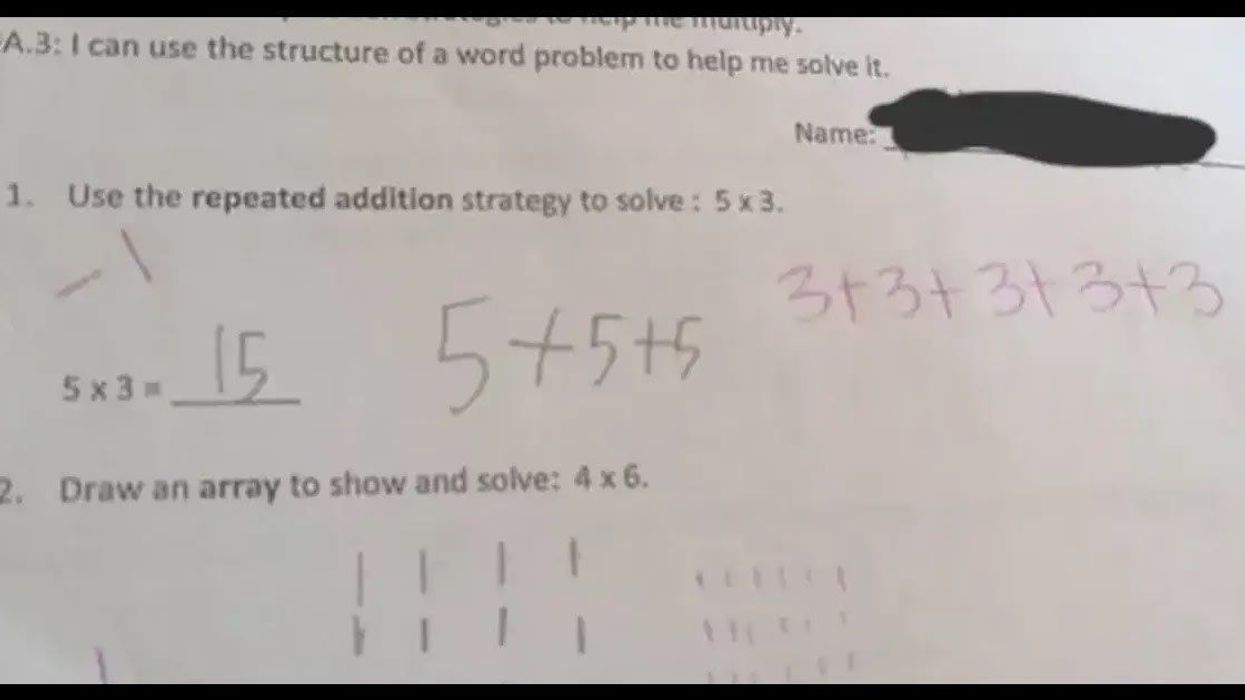


 Ladder leads out of darkness.Photo credit
Ladder leads out of darkness.Photo credit 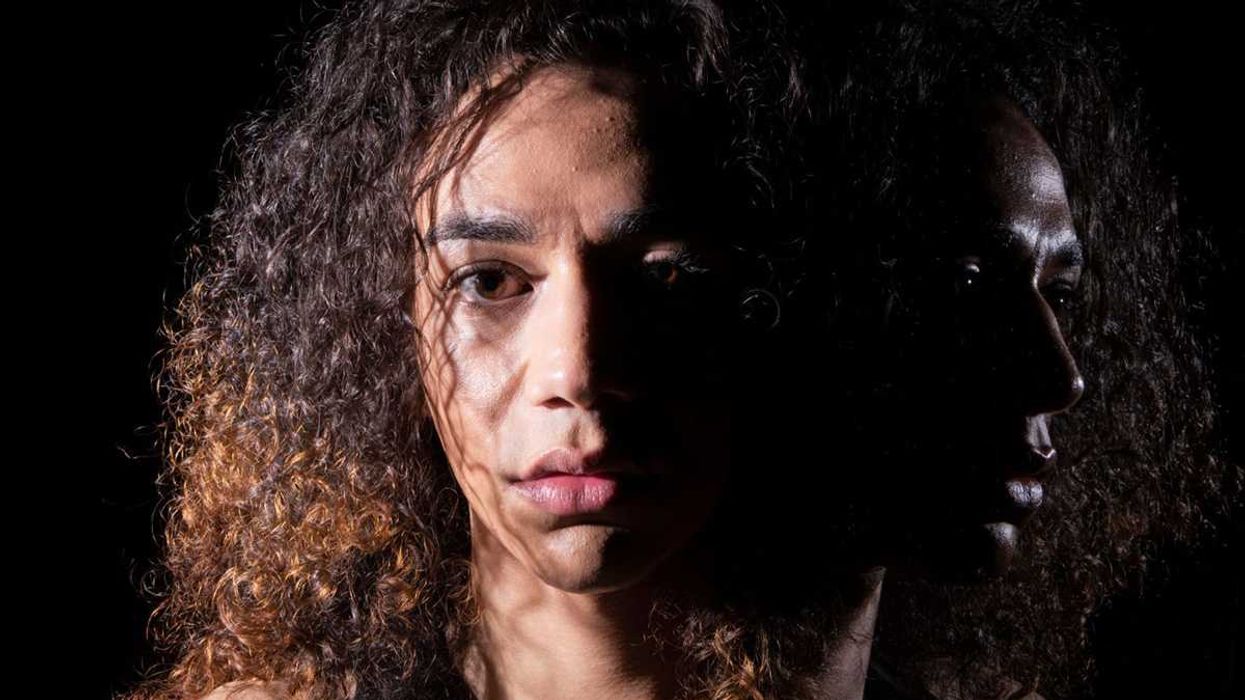 Woman's reflection in shadow.Photo credit
Woman's reflection in shadow.Photo credit  Young woman frazzled.Photo credit
Young woman frazzled.Photo credit 
 A woman looks out on the waterCanva
A woman looks out on the waterCanva A couple sits in uncomfortable silenceCanva
A couple sits in uncomfortable silenceCanva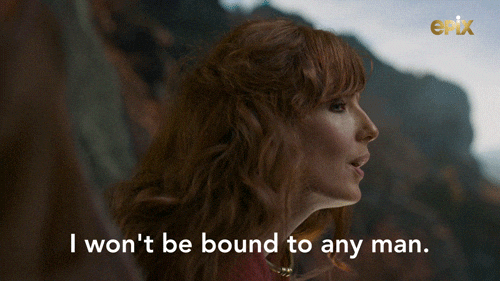 Gif of woman saying "I won't be bound to any man." via
Gif of woman saying "I won't be bound to any man." via  Woman working late at nightCanva
Woman working late at nightCanva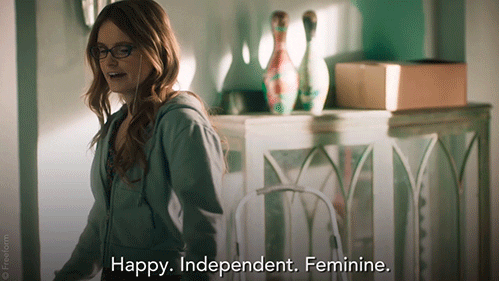 Gif of woman saying "Happy. Independent. Feminine." via
Gif of woman saying "Happy. Independent. Feminine." via 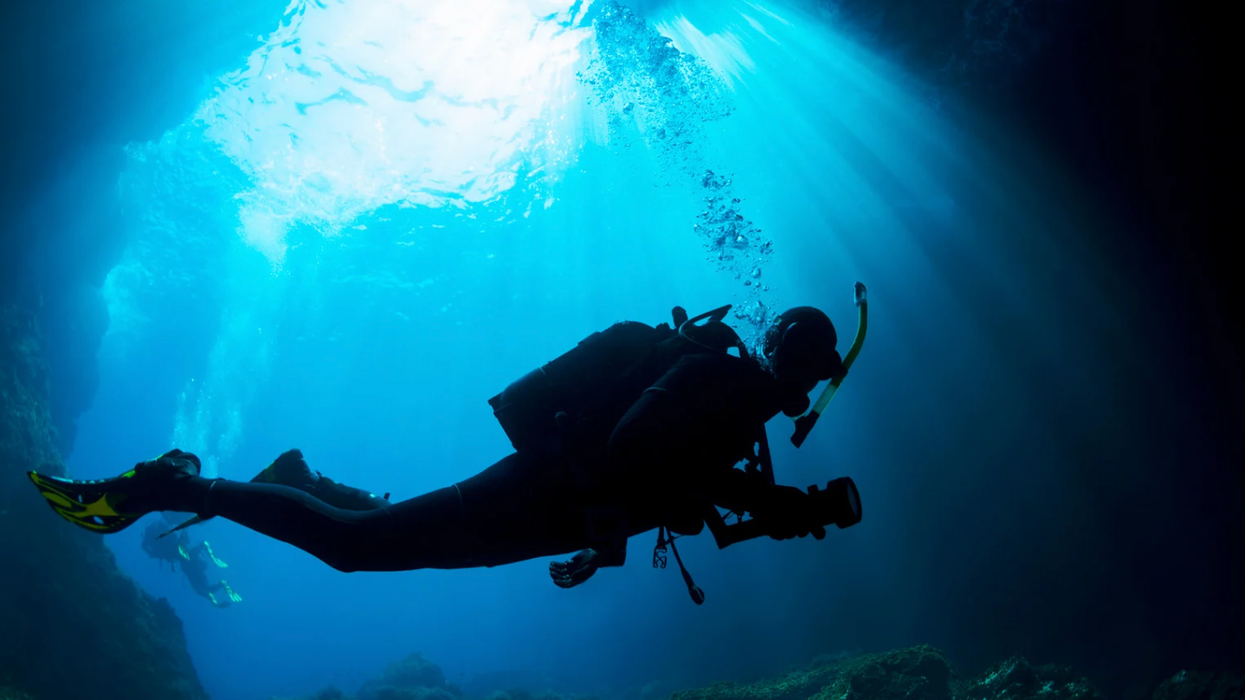
 Yonaguni Monument, as seen from the south of the formation.
Yonaguni Monument, as seen from the south of the formation. 